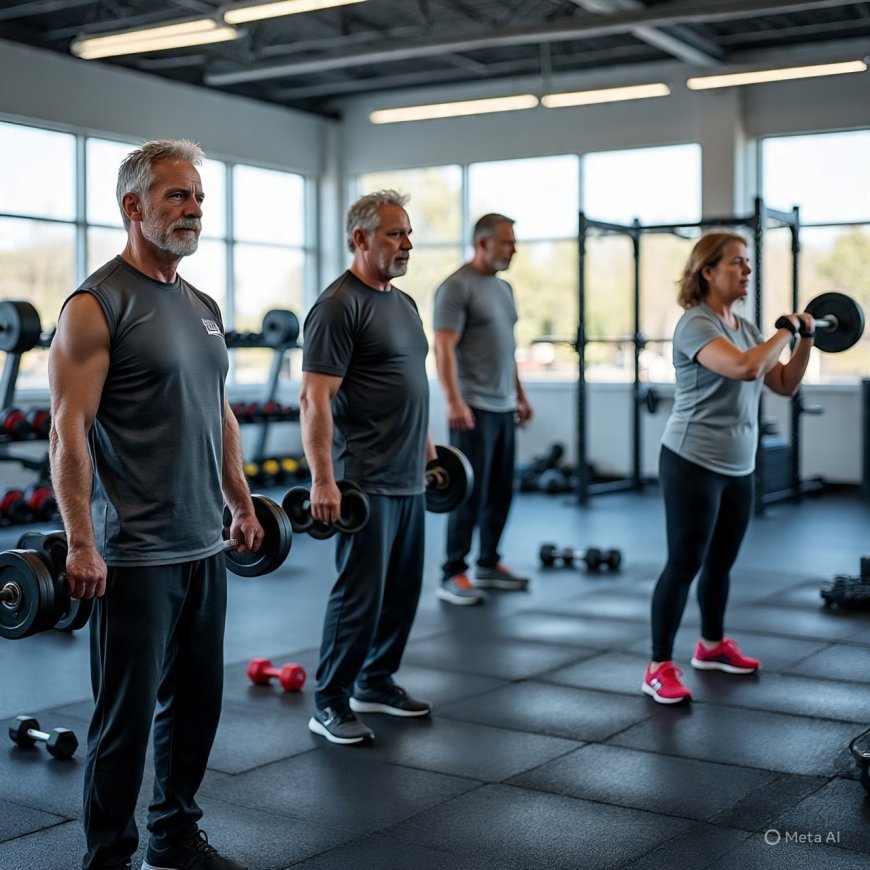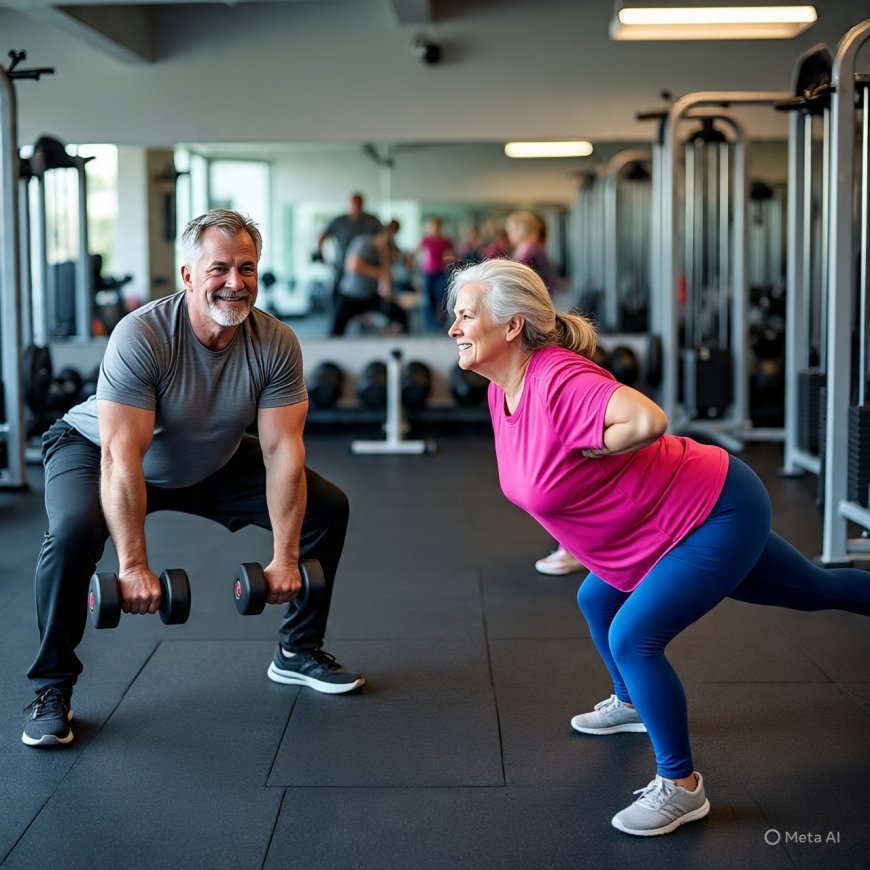Strength Training for Aging Populations: The Key to Longevit
Discover how "strength training boosts longevity" and fights aging! Learn the best exercises for seniors, key differences between men & women
Introduction
As we age, maintaining muscle mass, bone density, and overall mobility becomes crucial for longevity and quality of life. Strength training is no longer just for athletes . it’s a powerful anti-aging tool for older adults, particularly women, who face higher risks of osteoporosis and sarcopenia "age-related muscle loss". This article explores the benefits of strength training for aging populations, key differences between men and women, and actionable strategies to optimize fitness for longevity.

Why Strength Training Is So Important for Older Adults
1. Combats Muscle Loss "Sarcopenia"
Adults lose between 3 and 5% of their muscle mass every decade after the age of 30, and accelerate after 60. Strength training stimulates muscle protein synthesis, preserving strength and independence.
2. Strengthens Bones & Prevents Osteoporosis
Weight-bearing exercises increase bone density, reducing fracture risks—critical for postmenopausal women, who lose bone mass faster due to declining estrogen.
3. Enhances Metabolic Health
Muscle burns more calories at rest, helping manage weight and reducing the risks of diabetes, heart disease, and inflammation.
4. Improves Mobility & Reduces Fall Risks
Fall-related injuries, which are the leading cause of disability in seniors, can be reduced by stronger muscles and improved balance.
5. Boosts Cognitive Function
Studies link resistance training to improved memory and reduced dementia risk by enhancing blood flow to the brain.
Key Differences: Strength Training for Men vs. Women
While both genders benefit from strength training, biological differences influence their approach:
Factor Men Women
Muscle Growth Higher testosterone = faster hypertrophy Builds strength but less bulk due to lower testosterone
Bone Density Loss Gradual decline after 50 Rapid post-menopause "estrogen drop"
"Injury Risks" Shoulders, lower back Knees, hips (due to wider pelvis
"Recovery Time " Slightly faster May need more rest " hormonal fluctuations"
Key Takeaway: Women should prioritize "weight-bearing exercises" "squats, lunges" for bone health, while men may focus on "progressive overload" to maintain muscle.
Optimized Strength Training Strategies for Longevity
1. Start with Functional Movements
Squats (supports sitting/standing)
Deadlifts (improve lifting mechanics)
Push-ups "enhance upper-body strength"
2. Progressive Overload "Without Overtraining"
Use resistance bands, dumbbells, or bodyweight.
Increase weight/reps gradually "5-10% weekly".
3. Prioritize Recovery
Stretching & mobility work (yoga, Pilates.
Protein-rich diet (1.2–1.6g/kg body weight.
4. Balance Cardio & Strength
Combine low-impact cardio "such as swimming or walking"with resistance training.
5. Consistency Over Intensity
"2-3 strength sessions/week" yield better long-term results than sporadic intense workouts.
Conclusion: Strength Training Anti-Aging Fitness
For aging adults, strength training is not optional .it’s a "lifespan-extending necessity". Women, in particular, benefit from bone-strengthening exercises, while men should focus on maintaining muscle mass. By incorporating functional, progressive, and recovery-focused workouts, seniors can enhance mobility, metabolic health, and cognitive function, proving that age is just a number when strength is a priority.
What's Your Reaction?








